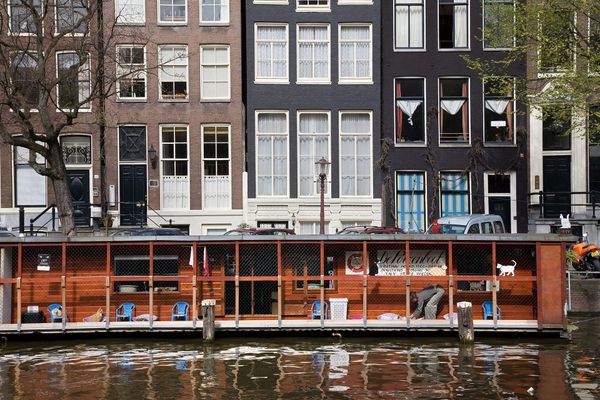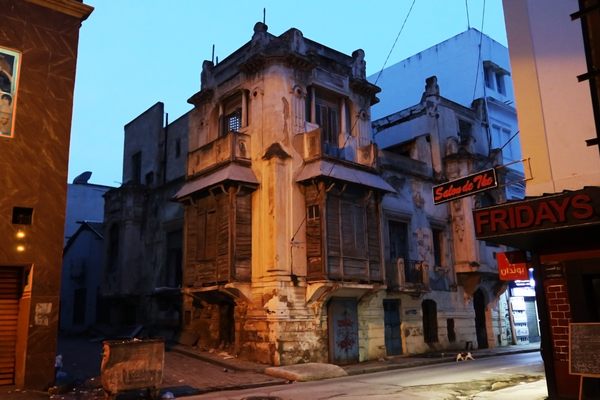AO Edited
Singel 7
Amsterdam's narrowest house facade is a monument to 17th-century tax evasion.
When visiting Amsterdam it’s hard not to notice the massive array of narrow little houses along the canals. What many people don’t realize is that their narrowness is a 17th-century form of tax evasion.
During the Dutch Golden Age, there was an arms race of sorts among the rich merchants of Amsterdam. They were buying land in the city and constructing houses that demonstrated their wealth. The city took notice and capitalized by establishing a new tax based on the facade of houses. The broader the facade, the higher the tax. However, what the government didn’t expect was for its citizens to get creative. Many quickly realized that a narrow house with more depth was much cheaper.
One merchant took this process to the extreme, constructing a house with a facade of just over two meters, barely wider than a standard door. One would think this leaves very little space for anything, however once inside, the house actually broadens, and is about five meters deep. The house is now known across the globe as the house with the narrowest facade.
Know Before You Go
The house is occupied and is best viewed from a public location.
















Follow us on Twitter to get the latest on the world's hidden wonders.
Like us on Facebook to get the latest on the world's hidden wonders.
Follow us on Twitter Like us on Facebook